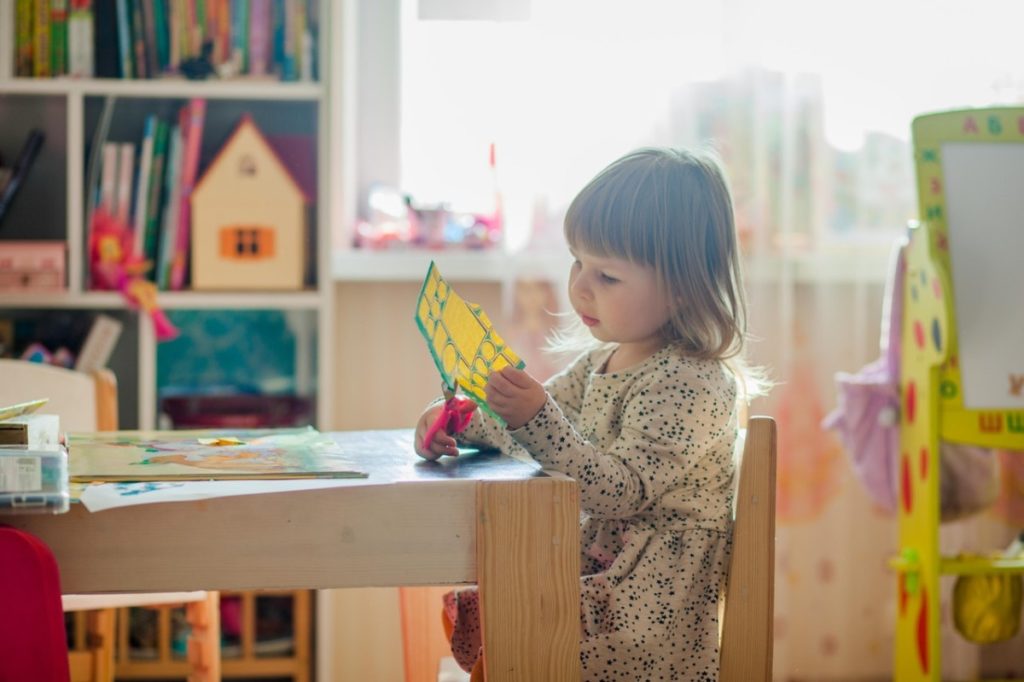Art is often considered an enjoyable activity that allows children to explore their imagination. But it can do more than improve creativity. Children have a unique medium to understand emotions and process their own with different kinds of art.
Their young ages also give some children a difficult time verbalizing their feelings. In these situations, art presents an alternative channel for children to voice their thoughts.
Social-emotional learning, or SEL, is important to foster in children. A 2015 study published in the American Journal of Public Health concluded that social-emotional development in kindergarten has significant effects on future health, education, and employment. Teaching SEL early on allows children to have better non-cognitive skills when they grow older.
Activities for Children
Artistically inclined children will be especially receptive to creative activities. But regardless of their interest level in the arts, these activities assist in their SEL from a young age.
1. Play some music.
Abstract ideas such as emotions can understandably be a little complex for children to grasp. Listening to and playing music makes certain emotions more concrete by allowing them to “hear” how an emotion feels. Teachers and parents can practice this by playing notes or a melody and asking them what emotion the notes remind them of.
Song lyrics also broaden the vocabulary of young learners when it comes to explaining emotions. Music that specifically elaborates on certain feelings also has mnemonics that kids can refer to whenever they become confused.
More than playing music to children, letting them create music allows them to express their feelings independently. Involvement in making music also improves focus.
If your children show an inclination for the arts, support them by enrolling them in piano classes. Piano is the most popular and friendly choice for children, but be sensitive to their inclinations and talents to find the right one for your child.

2. Let them draw their feelings.
Just like music, drawing makes complicated emotions easier for children to grasp. Even casual sketches can help adults understand how they are feeling or what they are thinking. Art therapy is an effective method of relating with your child, especially when they cannot express something that might be bothering them.
While connecting the dots and coloring by numbers are simple and engaging exercises, children might be more receptive to process-focused activities. These activities put them in charge of the outcome of their art with minimal instruction. They do develop not only their motor skills but also their emotional and cognitive capabilities.
Note that some kids struggle without prompts. Feel free to assist them by giving guides such as, “How are you feeling today?” or “Draw something that makes you happy.” Ask them questions about their process and final product as this encourages them to think about what images and colors they associate with their emotions.
3. Make them act it out.
What keeps children from expressing their feelings is sometimes not the inability to explain. There are instances when embarrassment or shame prevents them from opening up to adults. A bit of drama can make them feel more comfortable discussing problems.
Puppet therapy is an alternative form of communication with children. “Hiding” behind the persona of a puppet often makes a child feel freer to speak without being watched or scolded. When they are using the puppet, remember to address the puppet instead of the child to further encourage them to share.
You can also have a group acting activity in which you act out certain situations. Allow children to take the lead in coming up with scenarios and characters. You might be surprised at how active their imaginations are!
Drama activities need not be complicated, however. Sometimes all it requires is sitting down with them and prompting them with situations. You can ask questions such as “Today I felt happy/sad because…” and allow them to finish their story animatedly.
The Wonders of Art for Children
Art has versatile mediums that welcome the imaginative capacities of children. But aside from this, it is also a strong tool for helping children cope with difficult times.
Stress or anxiety that the COVID-19 pandemic may have caused can be addressed through art therapy. Creating art provides a sense of relief from negative emotions that children may have a particularly harder time addressing through words.
Children grow up to become more socially and emotionally capable people thanks to art. As adults, let us encourage them to keep discovering the worlds in their minds as they grow up to be more expressive and empathetic.
